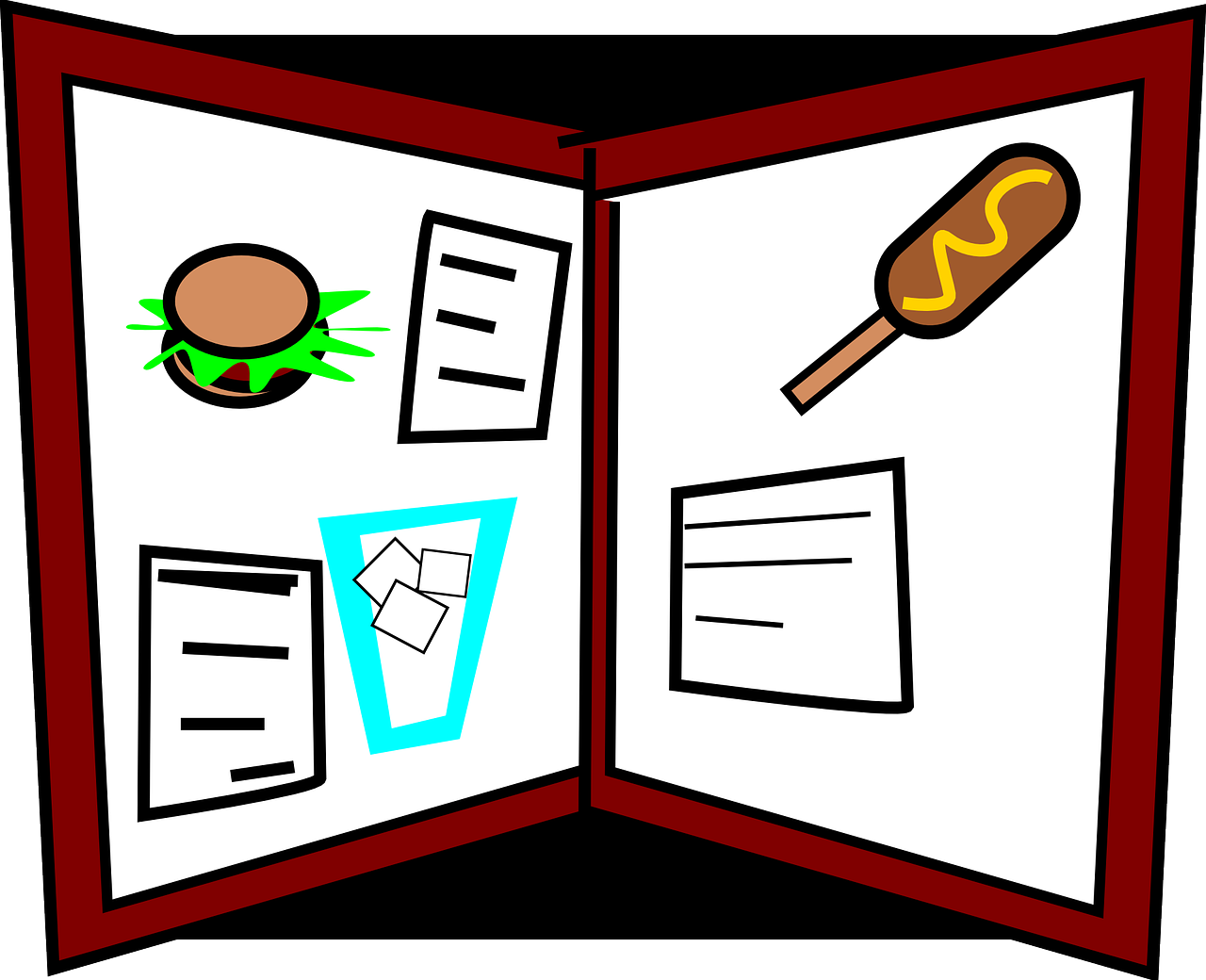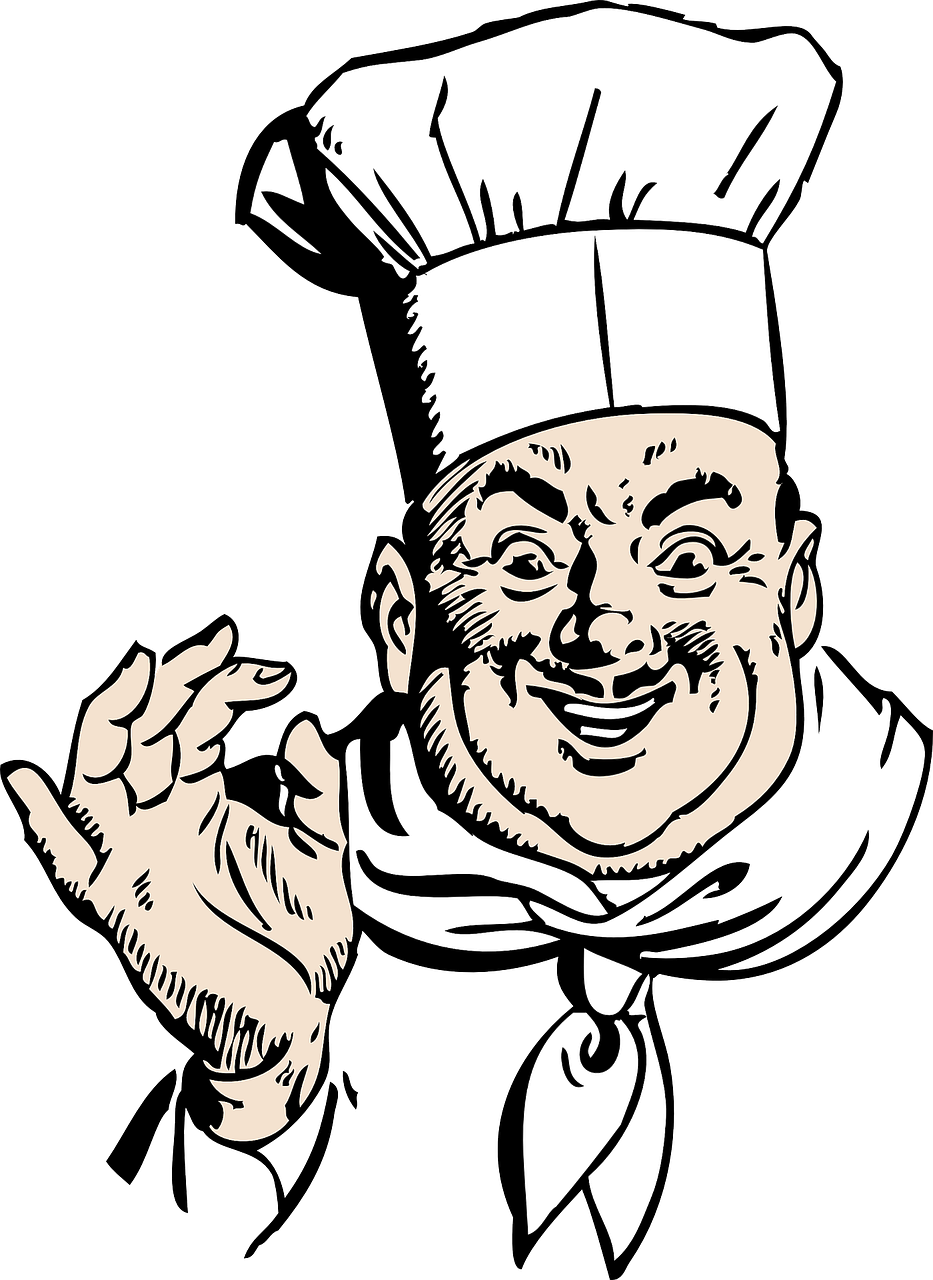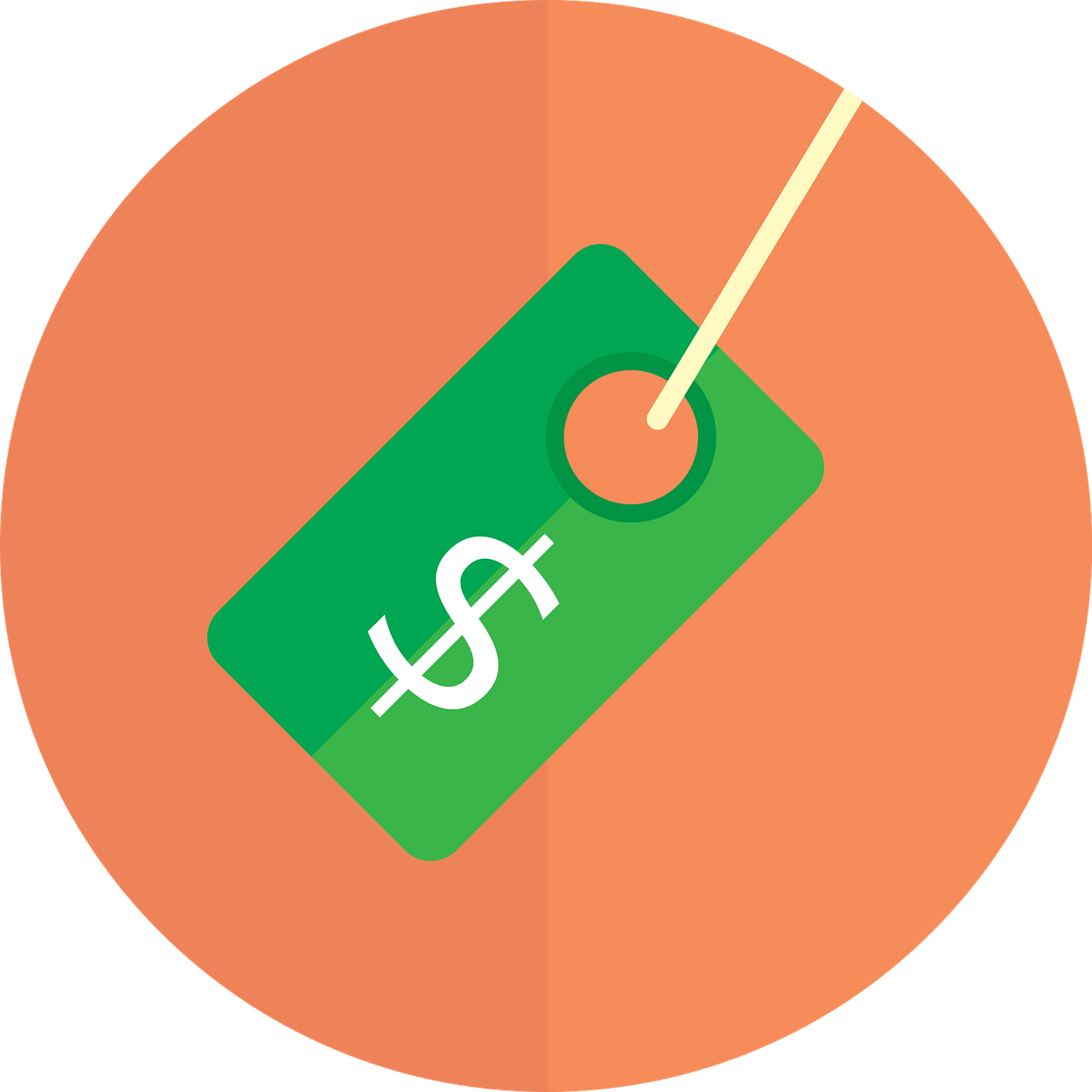What is Menu Engineering?
Published October 1, 2021
It is an old yet true adage that “restaurants run on thin margins”. Every advantage that a restaurant can score itself is a point to the home team and means that margins are a little safer than they were yesterday. One lens through which cost optimization is scrutinized is a restaurant’s menu, but how often is the menu itself scrutinized?
A menu is more than just a list of the foods and drinks offered by a location, it is an invitation to guests to experience the best of what a restaurant has to offer from their kitchen and bar. A well designed menu can be attractive to the eye but a well engineered menu isn’t just working to be pleasing to the guest’s eyes, it works to entice them into ordering what the restaurant wants them to order; particularly those things that are of greatest benefit for their bottom line; that is the goal and benefit of restaurant menu engineering. A well engineered menu entices customers to make the choice they think they want without telling them that they’re making the choice that best benefits the restaurant in which they’re sat.
Definition of Menu Engineering

The definition of menu engineering is to take a beautifully designed menu that is appealing to a location’s target audience and loyal customer base and tweak it, often unnoticeably so, so that it silently funnels customers toward the choices the restaurant wants them to make i.e. those that are best for their bottom line. Fundamentally, this means crafting a menu to suit a location’s customer base, and then fine tuning it so that it is working as hard as any of a location’s employees’ to ensure customers are happy and that the restaurant is turning a profit.
Let’s be clear, restaurant menu engineering is not a topic that can be fully covered in this medium sized blog. There are decades of research and trial and error that have gone into understanding how to do menu engineering and how menus can be used to enhance a location’s profitability, and, whilst the dream is to be able to sum it all up in a short piece, the reality is that engineering a menu is a time wrought, ongoing process, implemented over months, using multiple techniques that require quite in-depth explanations that enable the person who implements them to continue learning from their menu and continue to improve it as time goes on.

Why Say Engineering, Why Not Say Design?
Menus have been designed for decades, if not centuries, but to engineer a menu is to fine tune it. You could say a high-end sports car is designed for speed and beauty whereas, in reality, it is engineered for speed and much of its beauty is a result of that engineering. It is the same with menus, engineer a menu for profit and add design, almost as an afterthought, and you’ll be left with an exceptional looking menu that is highly appealing to both the consumer and a restaurant’s bottom line.

Restaurant Menu Engineering Tips
As said, fully engineering a menu can take a lot of time, effort, and upkeep, but there are some elements of menu engineering that don’t require the informational input that fully engineering a menu does. These “Tips” are menu formatting techniques that can be used to give a location’s bottom line a boost without having to delve into all the math surrounding menu engineering but provide an excellent basis as menu engineering examples.

Paper Quality
It might sound trivial bit the paper a menu is printed on does matter and the feel of the menu in a customer’s hand can influence their decision making. If a menu feels high quality then the customer is more likely to trust that location and is more comfortable to spend more money on food and drink at that location because they’ve “felt” the quality.

Placement Inside Menu Categories
Menu’s are split into categories, an example menu may be split into the following menu categories: Appetizers, Salads, Burgers & Sandwiches, Entrées, and House Specials. If a customer were to read each of these categories research has shown that they are most likely to remember the first and last items they read. Therefore placing the most profitable items in each category at the beginning and end of that category increases the chance that guests will order them.

Price Organization
Each menu item is priced to cover its own costs and to provide a return to the restaurant, with each item fitting inside a specific location’s pricing and costing strategy. Regardless of how the math on this works out there are bound to be some items that are overpriced for what they are. But how does a restaurant stop customers from noticing this? Placing over priced items next to reasonably high priced items is one way of disguising highly priced items. For example if you have an item that is overpriced for what it is it should be placed next to a naturally high priced item, like a lobster or a fillet, so that the price of the overpriced item seems much more reasonable that it would seem if it were next to a much cheaper item.

Drop the Dollar Signs
Over the past 15-20 years you may have noticed that most restaurants, and other retail outlets, have dropped the currency symbol from their menu or items. This is a simple menu engineering tactic that has been well researched and is proven to increase customer spend. Simply: seeing a dollar sign, $, next to the price of a menu item is more likely to induce thoughts of cost or “value” and is, thus, more likely to deter the customer from purchasing a more highly priced item because of the value association made in their head by seeing the $ symbol.
Calculating Menu Engineering Results

Using the above formatting points to enhance a menu should bring tangible results. Removing dollar signs can be measured by monitoring check averages; i.e. check averages should rise once currency symbols have been removed from a menu. Placing certain menu items first and last in a list should produce an increase in the sales volume of these items, as should price organizing overpriced items. Improving the paper quality of menus should also see a rise in check averages as it means customers will be more comfortable spending more money.
Some of these changes are measured using the same metric, so this means that they should be introduced gradually, 2-3 months apart, so that their effect can be properly measured. Introducing two improvement techniques at the same time that are measured the way means that it’ll never be possible to distinguish which improvement is producing the desired result.

Also, in our last post we discussed increasing a restaurant's average check. A location should be sure that they're not running both menu engineering improvement that are measure through increased average check sales and implementing average check increasing tactics at the same time. If they do managers and owners will not know which is producing positive results and will be unable to increase their positive value action.
A Final Say
Fully engineering and optimizing a menu for profitability can increase sales by an average of 2-10%. This shows the huge potential that is available to every restaurant by paying attention to their menu and the items on it. The menu engineering examples that are shown above are tips that only skim the surface of what menu engineering is and should not be expected to increase a location’s sales by multiple percentage points. Utilizing these tips is, however, a stepping stone in the right direction for any location aiming to increase their profitability and looking to discover the advantages of menu engineering.
© DeliverLogic, Inc. 2024